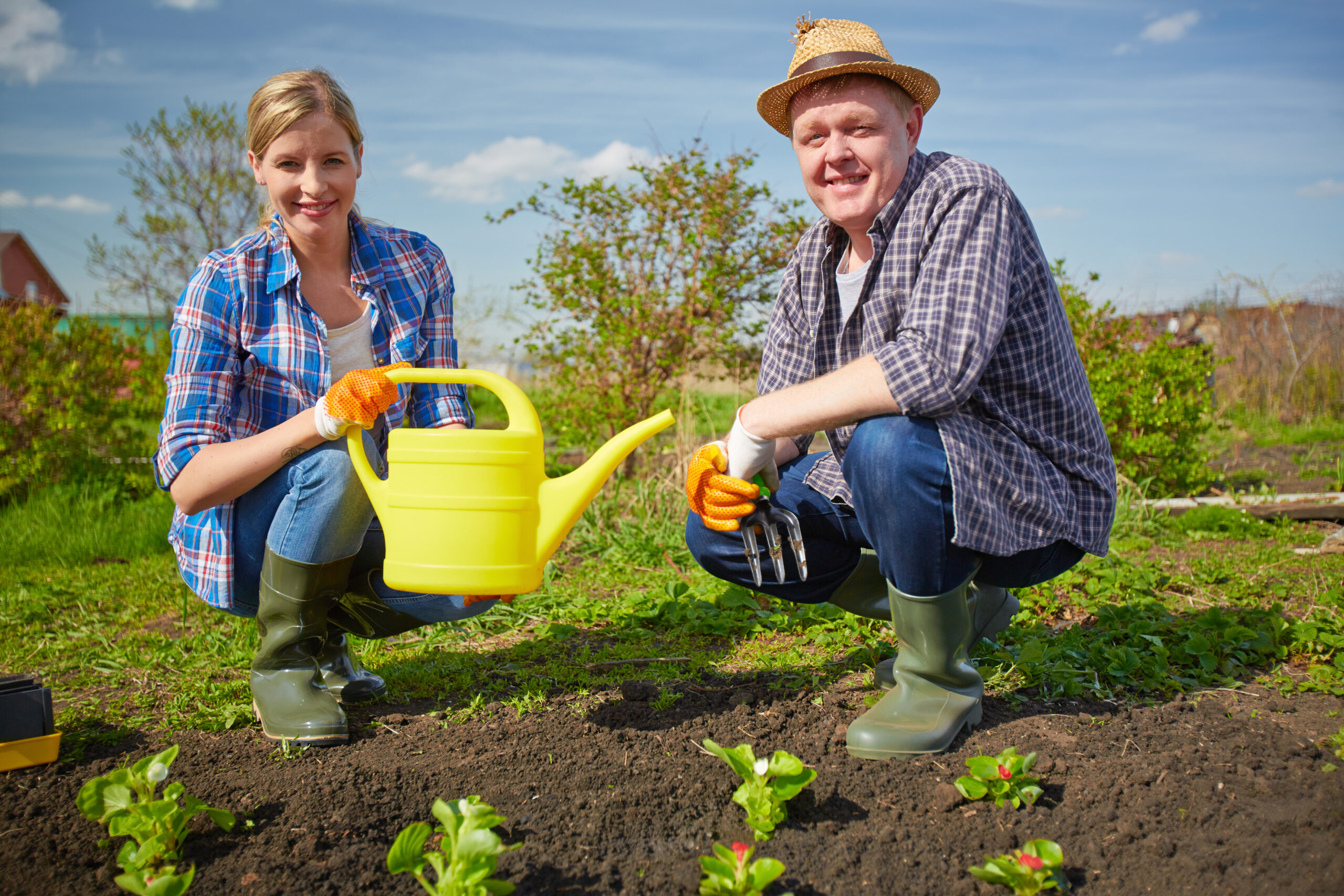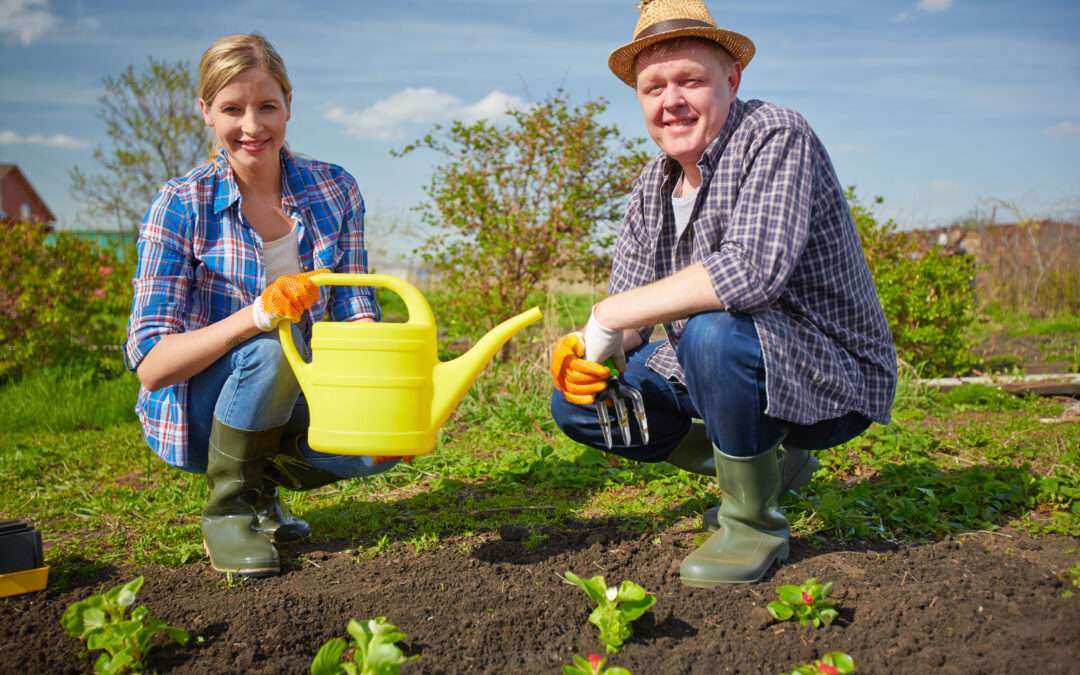Home farming is a great way to grow your own fresh produce, save money on groceries and enjoy the satisfaction of eating food that you grew yourself. In this blog post, we will take you through the complete home farming journey, from choosing the right plants and seeds to preserving and storing your harvest. Let’s get started!

Introduction to Home Farming
Home farming can be done in many different ways, including container gardening, raised beds, and traditional row planting. Some people even choose to start their own small-scale farm businesses. No matter what type of home farming you decide to do, there are some basic steps involved in getting started.
Choosing the Right Plants and Seeds
The first step in home farming is choosing the right plants and seeds for your climate and growing season. You may want to consider which crops are easiest to grow at home, such as lettuce, tomatoes, peppers, herbs or radishes. Once you have chosen your crops, it’s time to select the best seeds or seedlings for your needs. Look for high-quality seeds with good germination rates and avoid any seeds that look old or damaged.
Preparing the Soil and Planting the Seeds
Once you have selected your crops and seeds, it’s time to prepare the soil. This involves removing any debris or rocks from the area where you plan to plant, loosening up the soil and adding compost or other organic materials to enrich the soil. After preparing the soil, it’s time to plant your seeds or seedlings. Follow the instructions provided by the seed packet or nursery for proper spacing and depth when planting.
Caring for Your Crops
After planting, it’s essential to care for your crops properly. This includes watering them regularly (but not too much), fertilizing them if needed, and keeping an eye out for pests or diseases. Depending on the crop, you may also need to prune or trellis your plants to encourage growth.
Harvesting Your Homegrown Produce
When your crops are ready to harvest, make sure to pick them at the peak of ripeness. For example, tomatoes should be picked when they are fully red and ripe, while leafy greens like lettuce should be harvested before they go to seed. Be careful not to overharvest, as this can lead to reduced yields in future seasons.
Preserving and Storing Your Harvest
Finally, once you have harvested your homegrown produce, it’s time to preserve and store it for later use. There are many methods for doing this, depending on the crop. For example, you can freeze vegetables like green beans or broccoli, can fruits like applesauce or jam, or dry herbs like basil or thyme. By preserving and storing your harvest, you can extend the life of your crops well beyond the growing season.
In conclusion, home farming can be a rewarding experience that allows you to grow your own fresh produce and enjoy the benefits of eating locally sourced food. From selecting the right plants and seeds to caring for your crops and preserving your harvest, there are many steps involved in the home farming journey. With dedication and attention to detail, anyone can become a successful home farmer.





